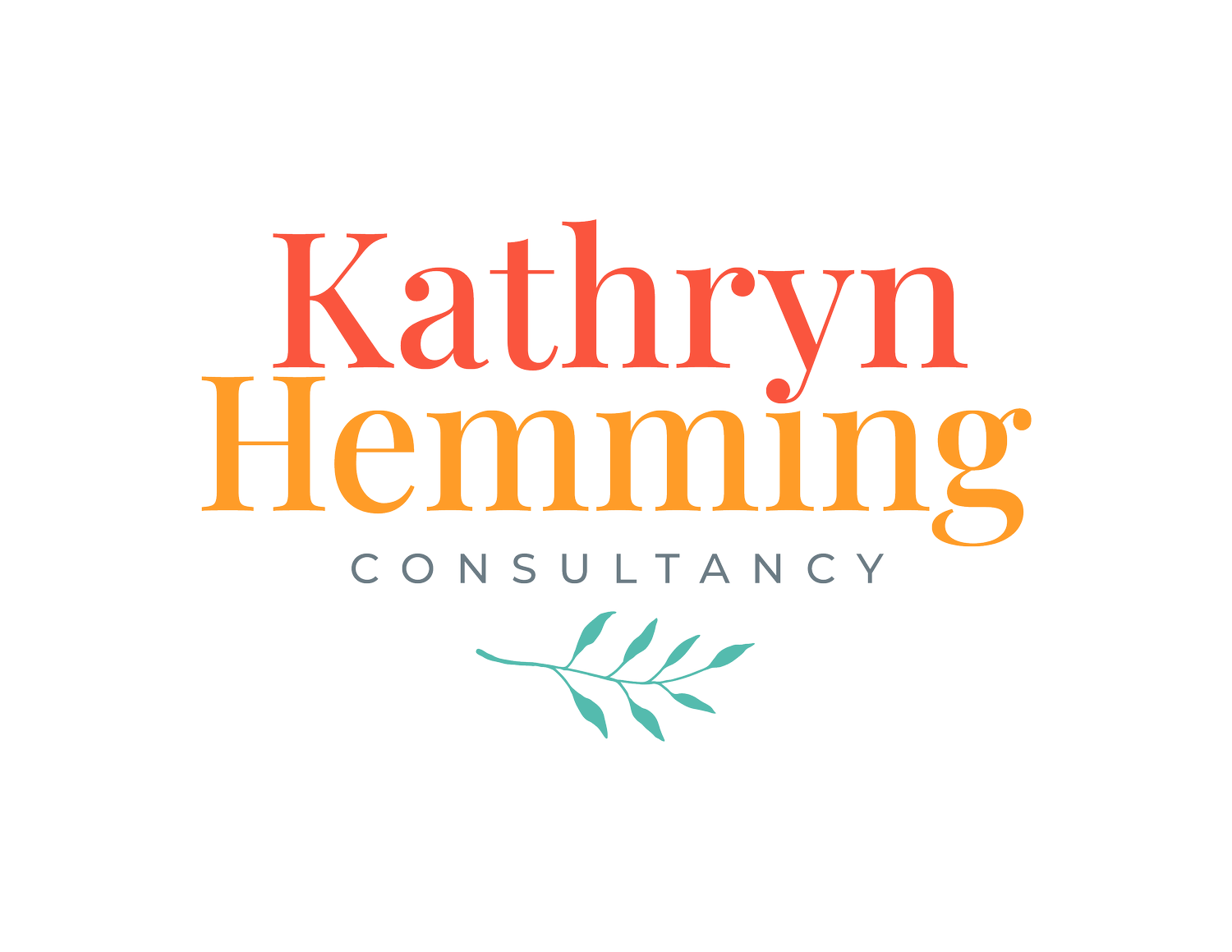The Happiness Advantage by Shawn Achor
“Each tiny move toward a more positive mindset can send ripples of positivity through our organisations, our families and our communities. ”
3 Main Messages:
Being happy attracts success
We can intentionally plan for increased happiness
The ripple effect of positive energy impacts everyone
Back in September 2001 I was working with my Year 6 pupils on our class motto. I did this every year so that we could agree how we wanted to be; contracting before it became popular. One wonderful boy called Tristan made an outstanding suggestion and it was unanimously voted to be on the banner above our door. It was: HAVE FUN, WORK HARD, BE HAPPY! It worked - we did, we did and we were.
It is often thought that we need to strive for success in order to make ourselves (and others) happy. However, in the same way that Copernicus discovered that the Earth orbits the Sun, rather than the reverse, Shawn Achor argues that a positive brain fuels success in work and life. The Happiness Advantage then sets out to help us by proving this is true and showing us how to build it.
I hope that we can all picture times when we have been happy at work, when days have flown by, our productivity has been incredible and, as a result, our energy has been positive and contagious. The opposite is also true - when we’re unhappy in a task, time seems to drag, everything feels laboured, dreary, heavy and never-ending. So we already know, through personal experience, that we learn more and perform better when we’re in a good mood.
The best teachers, leaders and managers are then those who create a positive atmosphere in the workplace. Achor cites various studies which prove this to be the case. It is therefore true that happier individuals and teams have more success. Indeed, whole businesses have been built on this mentality, Virgin being one of them. Achor tells us that “every time employees experience a small burst of happiness, they get primed for creativity and innovation.”
Once this basic idea has been introduced, the bulk of the book focuses on what we can do, as individuals and as leaders, to increase happiness in the workplace. He suggests simple and popular activities such meditation, finding something to look forward to, exercising and committing conscious acts of kindness; nothing new or out of the ordinary here. It is the following chapters, however, which set us up with manageable steps and practices to build into our everyday lives.
I recall a conversation with my Site Manager, years ago, who explained to me how he was able to maintain positive momentum even while laving the lavatories or vacuuming vomit (the joys of Early Years). The secret was all in his mindset and how he viewed his work and our world in general. While writing: “How we experience the world, and our ability to succeed within it, constantly changes based on our mindset,” Achor also explains how we can focus on the positive, build simple habits which will help us, turn every crisis into an opportunity and implement the Losado Ratio into our daily practice to build positivity within teams.
Like almost every educator I know, at the end of every term I used to find myself exhausted and drained, stressed and susceptible to illness as I crawled towards the holidays. It is in these times that we most need our sleep, balanced meals, fresh air, friends and families to replenish and restore us. Yet far too often these end up being literally the last things on our lists. A leader's role then is to model managing their time and tasks and to ensure that their team is supported in doing the same.
Even in sports teams, research has shown that “the happier the team was, the better they played.” Achor argues for the importance of social investment and the need for all good managers and leaders to ensure that wellbeing is being fostered and leaders set the weather and atmosphere by being in a positive mood themselves. The ripple effect of how we are BEING is huge.
And so, while writing this at the start of a new year, I have been looking for a mantra to live by for the next 12 months. Tristan, I don’t know where you are now but I will be thinking of you daily when I look at the new sign on my desk, because your attitude was right all those years ago and so I have decided that 2025 is the year in which I again intend to HAVE FUN, WORK HARD and BE HAPPY! I hope you do too.
